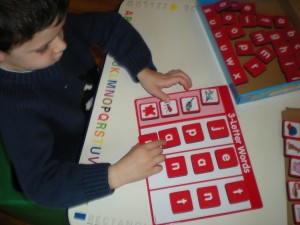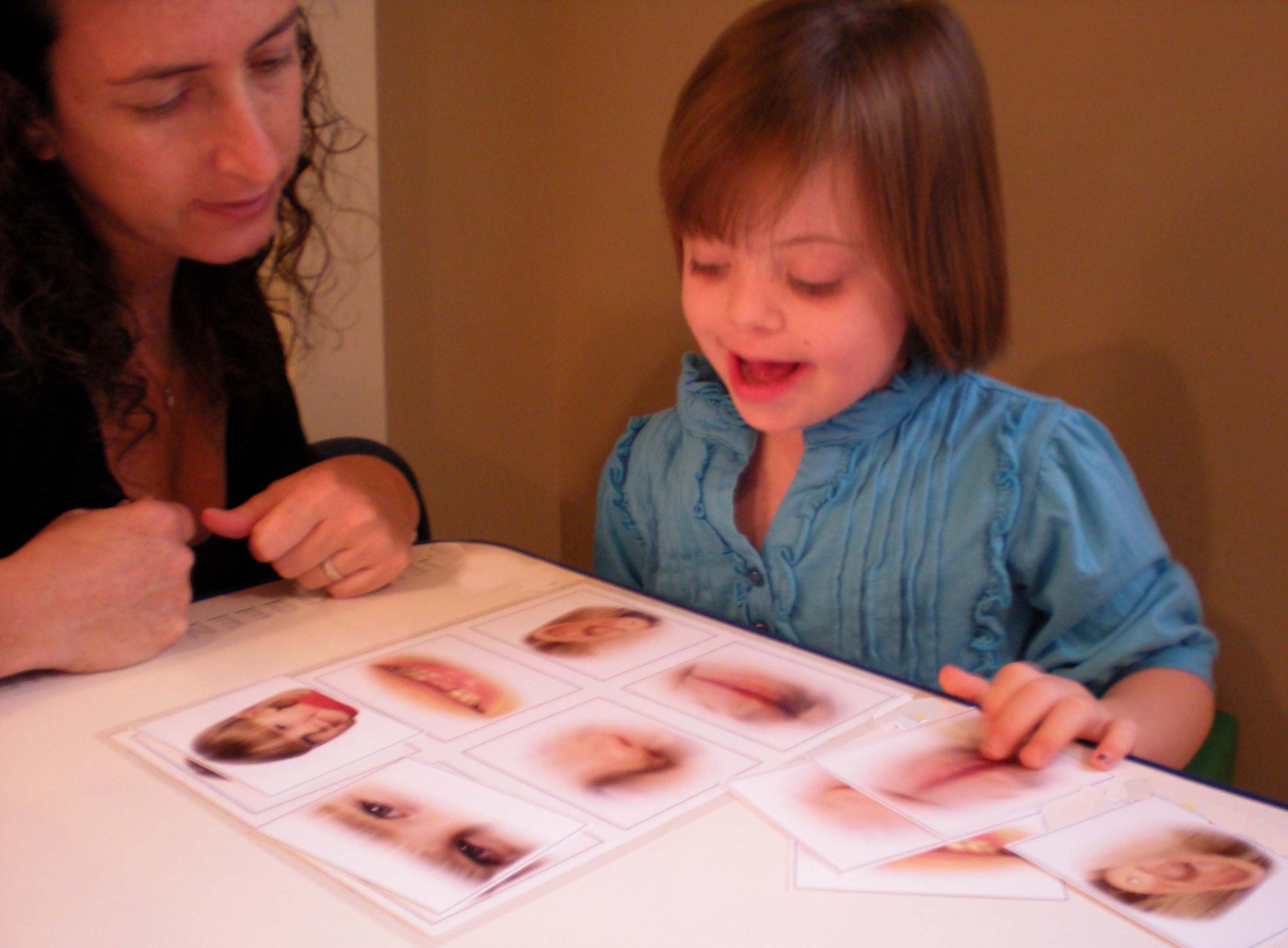WHAT’S YOUR CHILD’S LEARNING STYLE? TELL THE EDUCATOR! GET IT IN THE IEP!
Figure It Out, Tell the Educator, Put it in the IEP
This is not an exhaustive study of the different learning styles of children/teens with Down syndrome; there is Google for that. Instead, this is an invitation for you to dig deep into the learning style of your child/teen with Down syndrome, to intuit it, understand it, and then make sure that understanding finds its way to your child’s teacher and into the IEP. It could make all the difference for your child and his or her [surely] overloaded educator. Problems with understaffing and class overloads don’t discriminate; they’re everywhere. So anything you can do to help smooth the learning curve for your child is a plus, particularly in an inclusion setting where the teacher may have 25-30 students.
Visual Learners
It is widely accepted that most children with the single diagnosis of Down syndrome are strong visual learners. But they can also benefit from a combination of multiple learning styles, including kinesthetic learning. Typically, the weakest style with our kids is auditory learning; that’s a tough sell with most of our kids (partly due to on-and-off hearing issues as well as short term auditory memory), and hands-on is almost always a plus.
“I SEE what you mean” is one of my favorite quotes from Patti McVay, et al., in an article by the same title. “Make it visual!” is a useful mantra in teaching our kids anything. On the topic of teaching reading to our kids, that of course gives us a leg up. But what does the rest of the picture look like?
Use Your Imagination
To paraphrase a Walt Disney quote into a learning adage, “If you can dream it, they’ll probably do it.” In other words, any learning style you can imagine probably exists. Our job is to observe, intuit, and experiment until we figure it out. Here are some examples drawn from my reading students (all names have been changed.)
Don’t Overestimate! “Fear of Failure (FOF) Syndrome”
An important hidden problem with many of our kids is the now-documented fear of failure: if a child with DS senses that he’s not up to the task you put in front of him, he often shuts down in some form (clams up, acts out, etc.) That has been true particularly of my male reading students; like us, they don’t want to appear “less than.” So I typically go along with giving them the information (the words) rather than requiring it of them. As their confidence grows, they willingly read aloud.
Tip: The wisest course, when testing, is to use errorless testing methods, progressing from matching to selecting to finally naming. Let confidence build naturally.
Don’t Underestimate, Either!
Sarah, DS/CAS (Childhood Apraxia of Speech, severe) was completely nonverbal. She also began reading at age 3. Her favorite reading activity was matching games (lotto games, 6 words up). Why? Because she didn’t need speech to absolutely prove that she could read. If I handed her a picture of a chair, and she immediately put it on the word “chair” out of a field of six words, she was reading, by George!
One day I made the mistake of pulling out a lotto game she had already mastered. She roughly knocked the whole thing to the floor. On a hunch, I pulled out a set she had never seen before, with types of birds that I doubted she was familiar with: Puffin, Pelican, etc. Most kids would be lost. But Sarah was instantly at attention, and stayed that way as I Fast Flashed the word cards and then led her successfully through the exercise. I realized that I had insulted her intelligence! When I redeemed myself by offering her more advanced material, she was happy again.
Tip: Don’t underestimate a child’s ability!
Use Multiple Modalities
Emma (DS/ASD), on the other hand, had a very different reason for “knocking the whole thing to the floor,” which she did angrily. It turned out that she had been overloaded with an early intervention that included a never-ending stream of matching games. She was, like, totally outta here with that material. I don’t need to tell you that I shelved all matching games during her sessions!
Truth: Wisdom dictates a creative flow of materials when teaching children with DS; don’t get stuck on one modality or tool.
 Silent Learners: On-the-Spectrum Style
Silent Learners: On-the-Spectrum Style
The most fascinating learning style I’ve seen to date was shared by two students living in different cities (“Am teacher, will travel”). In addition to having the same interesting learning style, they both had the dual diagnosis of DS/ASD, which I think had a great deal to do with shaping their style: they learned silently.
Sean and Emma were both minimally verbal, though they could talk in short sentences when they wanted to (which was not often). When I taught them reading, whether with flash cards or reading through books, they never gave back verbally or, in fact, in any way. They were completely silent. It looked like nothing was happening, like nothing was going in.
…But, wait!As I worked with each of them, I saw that their eyes were like lasers on the material I was teaching them. Total absorption, keen attention, absolute focus. And in general, they both ignored the illustrations and honed in only on the text. When I realized I had their full attention, I decided to proceed as if they were learning and giving back.
They both turned out to be amazingly great readers. What they were doing was shutting out all other stimuli and functioning (no verbalizing, interacting with the teacher, or making eye contact) because all they cared about was learning to read, and that needed their full focus.
Tip: What you see is not always what is happening internally. Stay intuitive and tuned in to the child until you understand his/her unique process.
Questions to Get You Started
So now to get to become Sherlock and sleuth out the secrets of how your child learns best. What shuts him down? What catches her interest? What is the optimal length of teaching time? What’s the typical cutoff time when your child’s attention wanders? Can an activity flow be built in to the school day? Is kinesthetic + visual + auditory the best combination? If not, what is?
Get it in the IEP!
After you have an understanding of your child’s learning style, get appropriate strategies written into the IEP, and of course pass this information on to the teacher.
Good Luck and Cheers,

